In Photos: Anglo-Saxon Island Settlement Discovered
A hidden isle
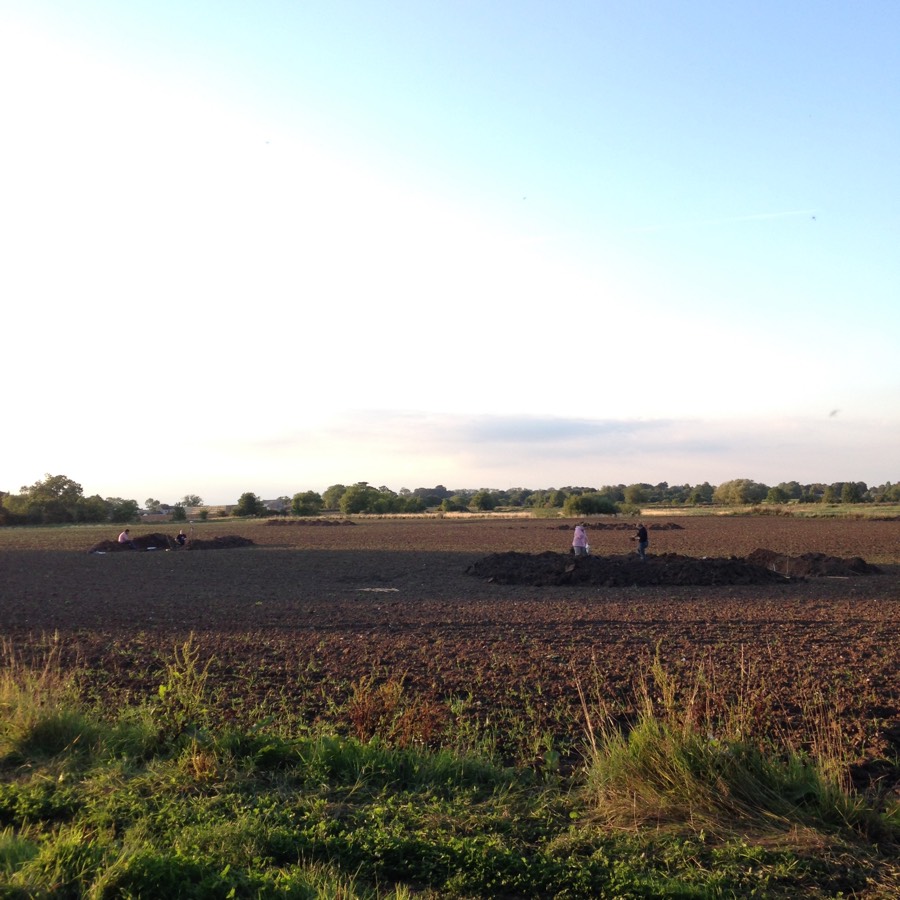
Archaeologists excavate in plowed fields near the village of Little Carlton in Lincolnshire, England. This rural region was once the site of a thriving settlement in the Middle Anglo-Saxon period (A.D. 710-850). Metal detector hobbyist Graham Vickers discovered a silver writing stylus here in 2011, prompting a closer archaeological look at the area. Excavations turned up multiple signs of literate and domestic life, from more styluses to dress pins to a hearth used for smelting. Surveys of the region revealed that the fields surrounding the spot used to be marsh, and that this site was an island of dry ground at the time it was settled. [Read more about the Anglo-Saxon island]
What's in a name?

A faint inscription on a lead tablet from the island settlement reads "Cudburg," a female Saxon name. Cudburg may have been a resident of a Middle Anglo-Saxon settlement that was occupied continuously from at least A.D. 680 to A.D. 850. Archaeologists aren't sure what this name plate was for, but it might have been a coffin plaque. [Read more about the Anglo-Saxon island]
Silver stylus
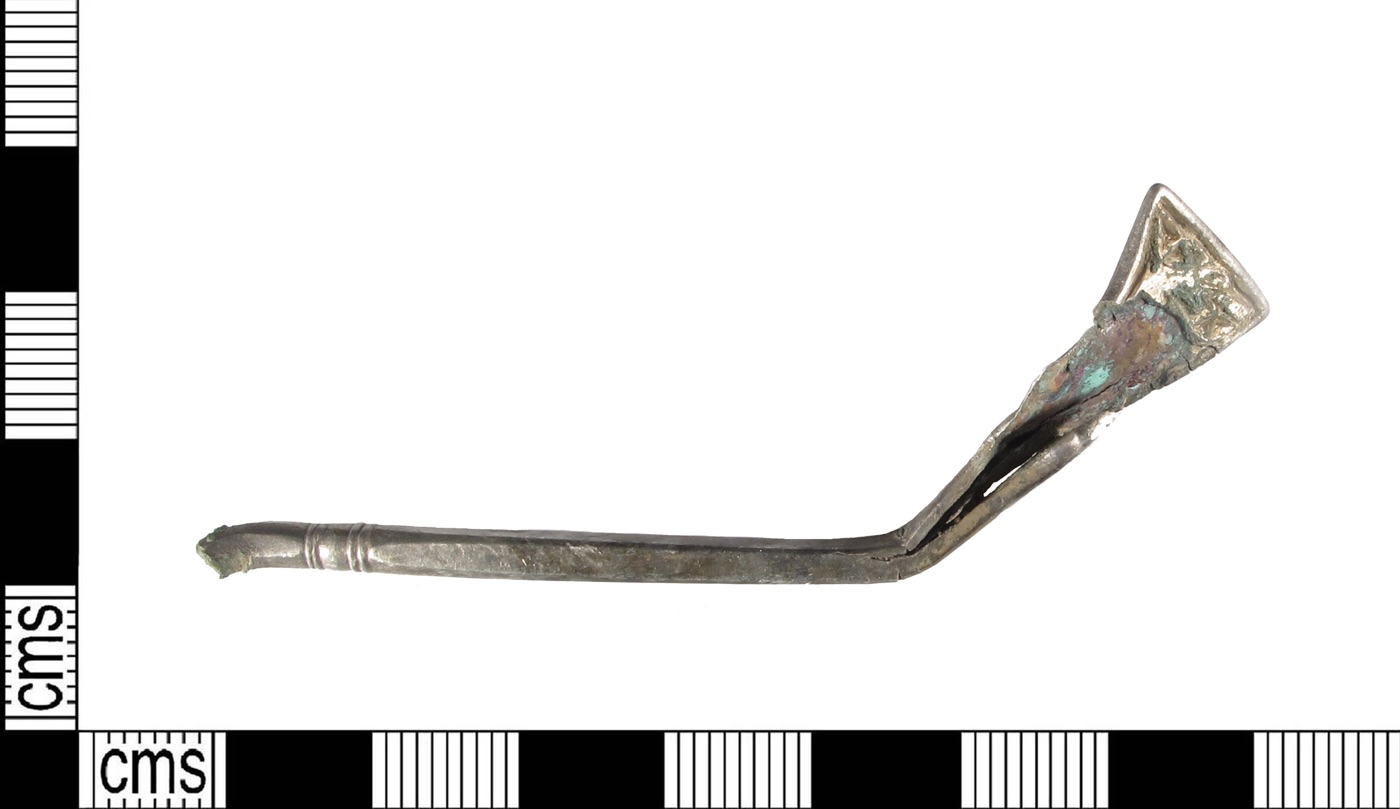
This silver stylus with a carved end was the first exciting artifact discovered at the Little Carlton site in Lincolnshire. A metal detector hobbyist, Graham Vickers, found this writing utensil and brought it to a local archaeological finds liaison officer, Adam Daubney, in October 2011. Over several years, the pair found more objects in the area, including whetstones, loom weights and ceramic fragments from dishes and pots. [Read more about the Anglo-Saxon island]
Stylus carvings
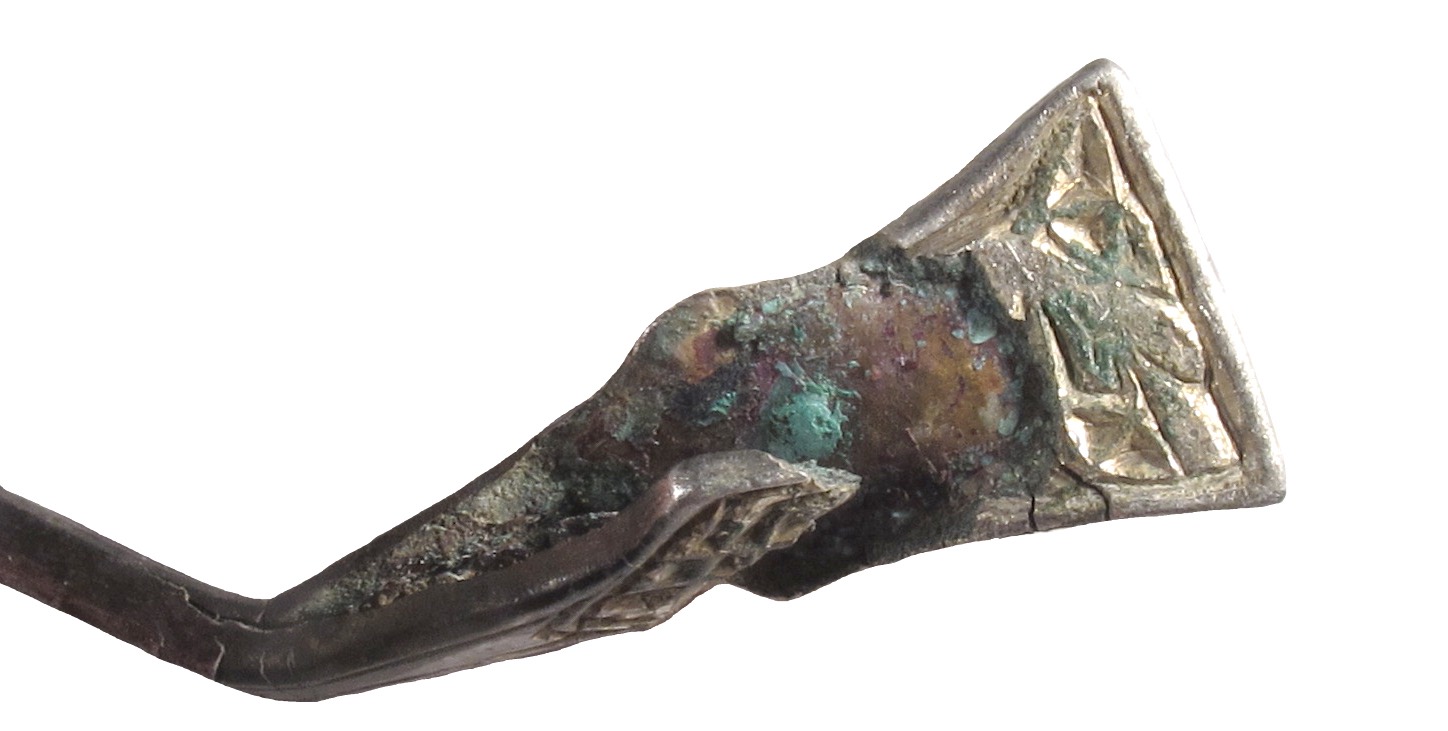
A detailed look at the silver stylus end reveals decorative carvings. The presence of multiple styluses at this site makes archaeologists wonder if this was a monastic settlement, where literate people might have spent their time copying out religious texts. It might also have been a trading center, given its location near waterways. [Read more about the Anglo-Saxon island]
Glass counter
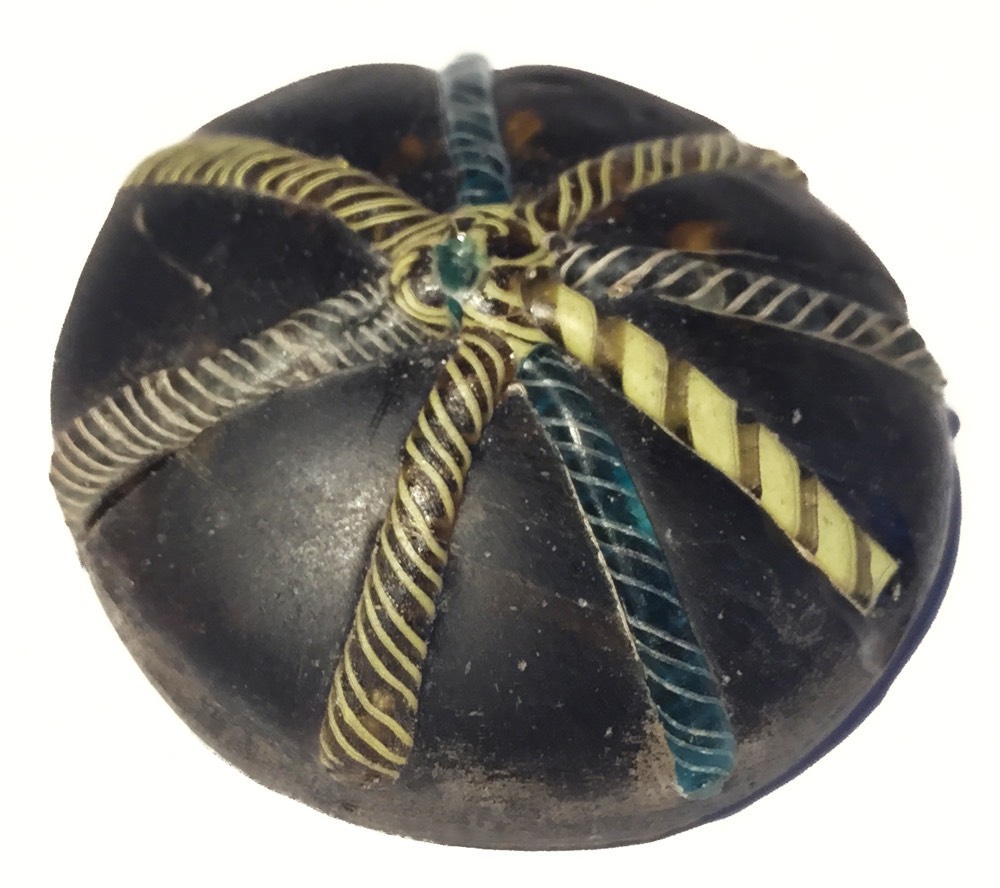
An elaborately decorated glass counter may have originally been set in a bronze bowl, archaeologists report in the April 2016 issue of Current Archaeology. The presence of this artifact at the Little Carlton site suggests that people there had some measure of wealth and access to the luxuries at the time. [Read more about the Anglo-Saxon island]
Little Carleton

A graphic showing the surroundings of the archeological dig at Little Carlton, with nine exploratory trenches marked in red. The number of finds and the level of the land dropped off toward the south, and old place names in the region suggested that some of the fields used to be marsh. A geophysical survey of the area revealed that the artifact-rich site was on high ground, and excavations revealed old banks shored up by medieval flood control. These discoveries led archaeologists to believe that they had found a former island settlement. Today, the whole region is dry, as the fields have been drained for agriculture. [Read more about the Anglo-Saxon island]
LiDAR today
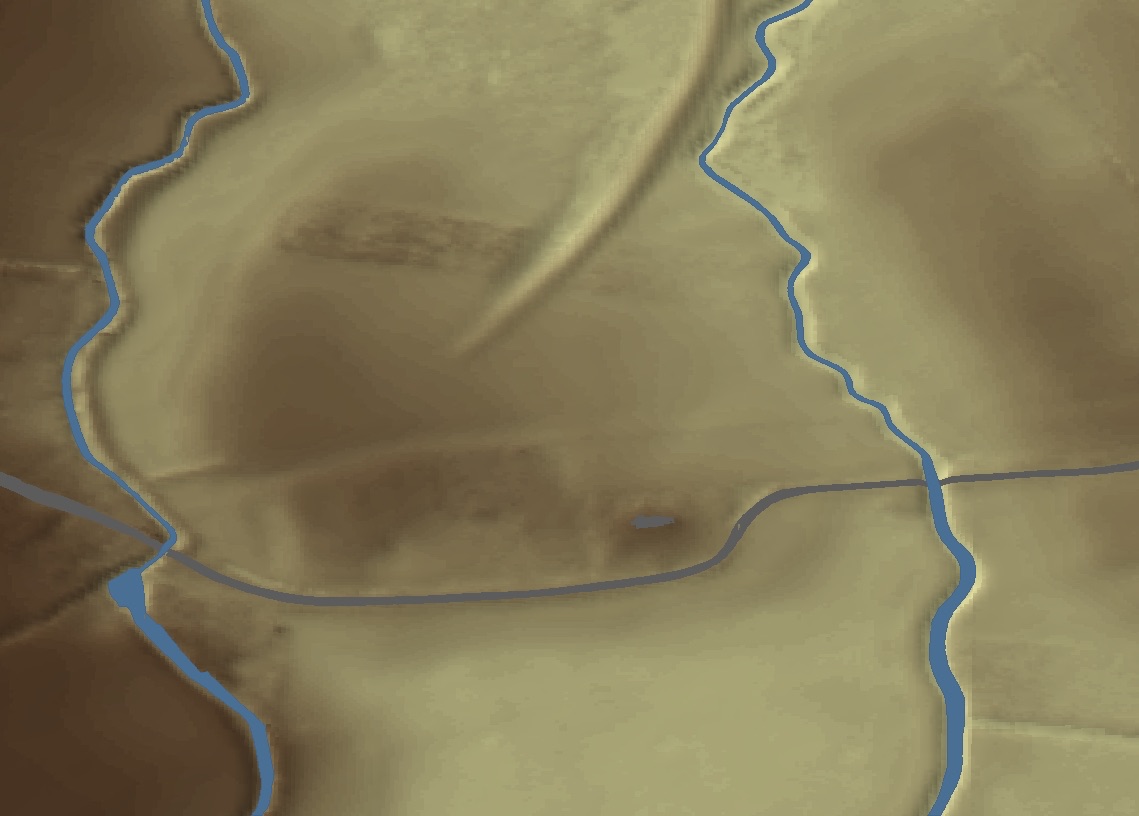
A LiDAR survey of the Little Carlton site in England where archaeologists found signs the site was once an island settlement. LiDAR uses pulses of light beams to map out the ground contours, virtually stripping away vegetation and allowing researchers to see the shape of the surface. This survey shows a dark splotch of raised land where the Little Carlton excavation site sits. [Read more about the Anglo-Saxon island]
Get the world’s most fascinating discoveries delivered straight to your inbox.
Medieval times

By turning back the clock and "flooding" the agricultural fields on the modern LiDAR survey, archaeologists visualized what the Little Carlton site might have looked like during the Middle Anglo-Saxon period. Marsh and fen surrounded a raised hillock of dry land. [Read more about the Anglo-Saxon island]
Flood control
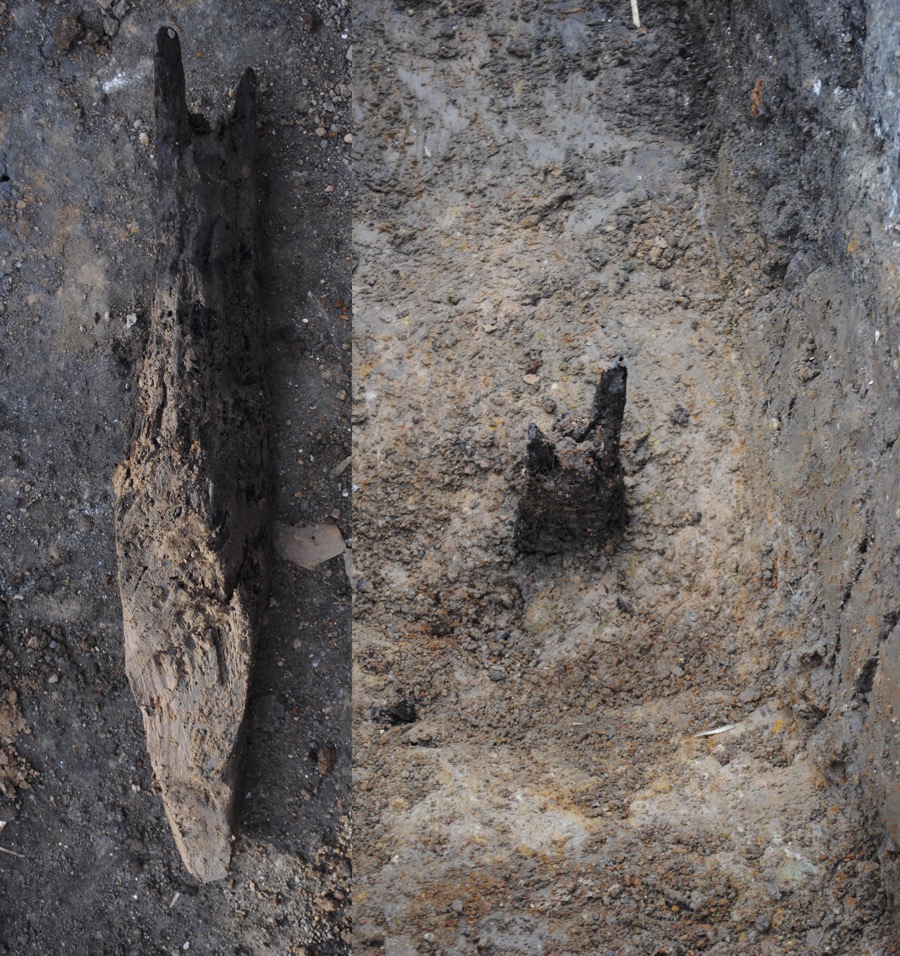
Near the southern edge of the Little Carlton site, where the land began to drop in elevation, archaeologists uncovered the remains of waterlogged stakes. These probably once held a wooden wall to shore up the banks of the settled island. The dig also turned up postholes that might have formed a jetty or quay, the researchers reported. [Read more about the Anglo-Saxon island]
Medieval industry

Archaeologists also discovered a 4-foot-wide (1.2 meters) circular hearth made of clay. This spot on the outskirts of the Little Carlton settlement was used to smelt metal. Archaeologists found lead slag and droplets of lead that had once been molten around this hearth. [Read more about the Anglo-Saxon island]
Butchered bone
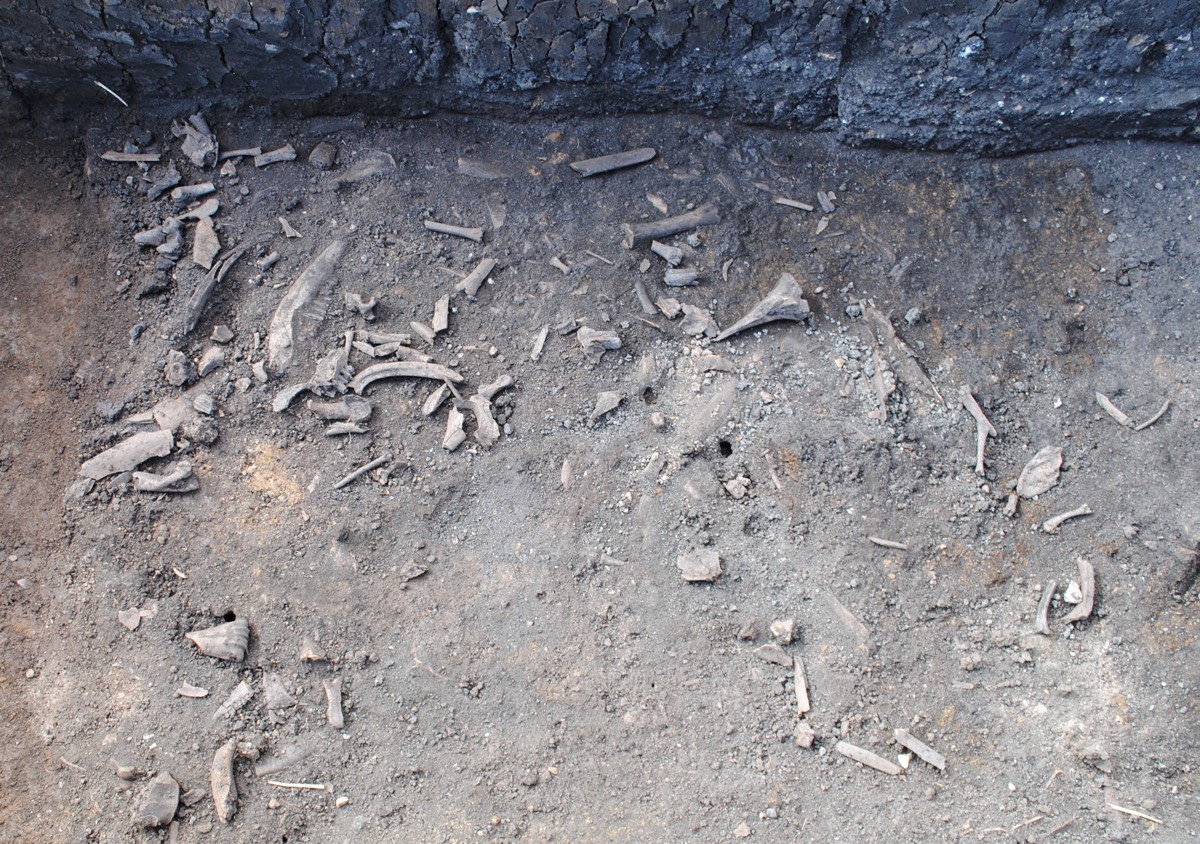
Excavations at Little Carlton also revealed ditches full of medieval trash: pottery shards and butchered animal bone, as seen here. Other signs of domestic life included copper dress pins, tweezers, glass fragments and loom-weights. [Read more about the Anglo-Saxon island]

Stephanie Pappas is a contributing writer for Live Science, covering topics ranging from geoscience to archaeology to the human brain and behavior. She was previously a senior writer for Live Science but is now a freelancer based in Denver, Colorado, and regularly contributes to Scientific American and The Monitor, the monthly magazine of the American Psychological Association. Stephanie received a bachelor's degree in psychology from the University of South Carolina and a graduate certificate in science communication from the University of California, Santa Cruz.


